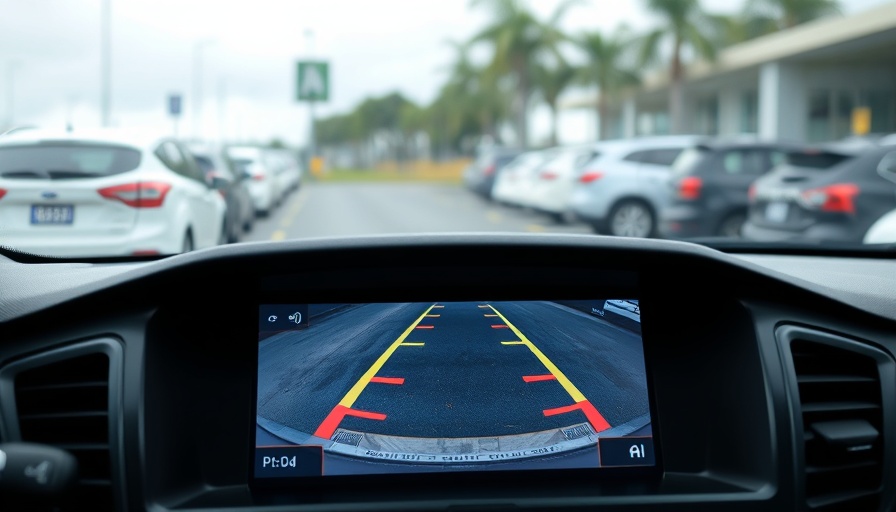
Unlocking the Meaning Behind Your Backup Camera Lines
Have you ever felt a surge of confidence while reversing your car, thanks to the extra set of "eyes" provided by your backup camera? These advanced features have revolutionized driving safety by reducing accidents and improving parking skills. Every time you shift into reverse, a direct view of the area behind your vehicle appears on screen, accompanied by a set of lines that can guide your maneuvers. But what do these lines signify, and how can they make you a better driver?
Understanding the Basics of Backup Cameras
First introduced in concept cars back in the 1950s, backup cameras have only been mandatory in new vehicles in the United States since 2018. This innovation allows the driver to see what lurks behind, which is essential for avoiding common reversing hazards like pedestrians and other vehicles. On the technical front, backup systems typically feature two sets of lines. Static lines offer a dependable estimation of distance, while dynamic lines guide the driver based on their steering input.
Static Lines: Your Distance Guide
The fixed lines extending from your rear-view camera act as a visual representation of your vehicle's width and the surrounding space, segmented into color-coded zones: green, yellow, and red. These zones give immediate feedback regarding how close you are to any obstruction. For instance, if you're reversing into a parking spot and your vehicle's bumper is nearing the red zone, it's a clear warning that you're too close. Remember that the static lines generally extend about six feet from the camera, making them incredibly useful for understanding your vehicle's proximity to obstacles.
Dynamic Lines: Timing Your Turns Perfectly
The moving lines on your backup camera are a game-changer when it comes to parking or parallel maneuvering. As you turn the steering wheel, these lines adjust in real-time, visually illustrating the mid-arc path your vehicle will follow. This feature is particularly helpful when trying to fit into tight spaces, allowing for greater precision in aligning your vehicle. However, it’s crucial to remember that while these lines provide valuable guidance, they are not a replacement for checking mirrors or your blind spots.
Enhancing Your Reversing Experience
Did you know that a mere 67% of drivers expressed satisfaction with their backup camera systems? This number is a testament to how vital these features have become in boosting backup safety. While the guidelines improve your spatial awareness, it’s the integration of advanced features—like Rear Cross Traffic Alert—which distinguishes modern backup systems. These technologies alert you to any passing vehicles as you're in reverse, further enhancing the safety of your reversing maneuvers.
Future-Proofing Your Driving Skills
With the rise of technology, it’s likely that backup camera systems will only continue to advance. The integration of newer technologies like automatic emergency braking or improved visual aids could push safety standards to new heights. It's projected that by 2054, backup cameras could save up to 69 lives annually, highlighting their impact. Moreover, understanding the limitations of these systems is equally essential. Poor visibility conditions such as rain, dirt, or glare can affect your camera's performance.
As you continue to navigate your daily life, take a moment to appreciate these innovative tools that are now a typical feature of many vehicles. The responsibility remains on the driver to utilize these tools wisely, complementing their benefits with traditional driving habits. Next time you reverse, check in with those lines—they could be what saves your vehicle and peace of mind.
 Add Row
Add Row  Add
Add 




Write A Comment